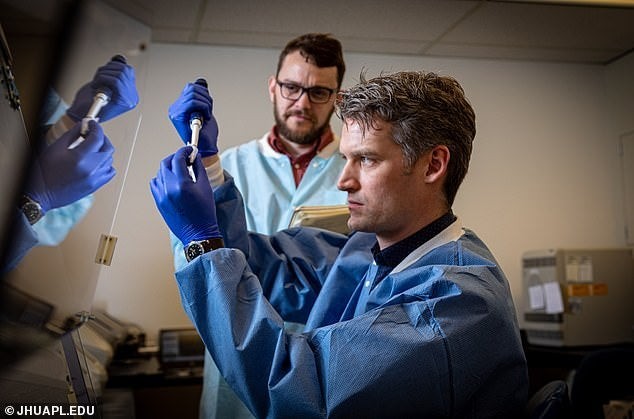Eight strains of coronavirus are circling the world, scientists say

At least eight strains of the coronavirus are making their way around the globe, creating a trail of death and disease that scientists around the world are tracking by their genetic footprints.
While much is unknown, hidden in the virus’s unique microscopic fragments are clues to the origins of its original strain, how it behaves as it mutates and which strains are turning into conflagrations while others are dying out thanks to quarantine measures, the USA Today reported on Sunday.
Huddled in once bustling and now almost empty labs, researchers who oversaw dozens of projects are instead focused on one goal: tracking the current strains of the SARS-CoV-2 virus that cause COVID-19.
Labs around the world are turning their sequencing machines, most about the size of a desktop printer, to the task of rapidly sequencing the genomes of virus samples taken from people sick with COVID-19. The information is uploaded to a website called NextStrain.org that shows how the virus is migrating and splitting into similar but new subtypes.
While researchers caution they’re only seeing the tip of the iceberg, the tiny differences between the virus strains suggest shelter-in-place orders are working in some areas and that no one strain of the virus is more deadly than another. They also say it does not appear the strains will grow more lethal as they evolve.
“The virus mutates so slowly that the virus strains are fundamentally very similar to each other,” said Charles Chiu, a professor of medicine and infectious disease at the University of California, San Francisco School of Medicine, United States.
The SARS-CoV-2 virus first began causing illness in China sometime between mid-November and mid-December. Its genome is made up of about 30,000 base pairs. Humans, by comparison, have more than three billion. So far even in the virus’s most divergent strains scientists have found only 11 base pair changes.
That makes it easy to spot new lineages as they evolve, said Chiu.
“The outbreaks are trackable. We have the ability to do genomic sequencing almost in real-time to see what strains or lineages are circulating,” he said.
So far, most cases on the U.S. West Coast are linked to a strain first identified in Washington state. It may have come from a man who had been in Wuhan, China, the virus’ epicenter, and returned home on January 15. It is only three mutations away from the original Wuhan strain, according to work done early in the outbreak by Trevor Bedford, a computational biologist at Fred Hutch, a medical research center in Seattle.
there are several strains, including the one from Washington and others that appear to have made their way from China to Europe and then to New York and beyond, Chiu said.
This isn’t the first time scientists have scrambled to do genetic analysis of a virus in the midst of an epidemic. They did it with Ebola, Zika and West Nile, but nobody outside the scientific community paid much attention.
“This is the first time phylogenetic trees have been all over Twitter,” said Kristian Andersen, a professor at Scripps Research, a nonprofit biomedical science research facility in La Jolla, California, speaking of the diagrams that show the evolutionary relationships between different strains of an organism.
The maps are available on NextStrain, an online resource for scientists that uses data from academic, independent and government laboratories all over the world to visually track the genomics of the SARS-CoV-2 virus. It currently represents genetic sequences of strains from 36 countries on six continents.
While the maps are fun, they can also be “little dangerous” said Andersen. The trees showing the evolution of the virus are complex and it’s difficult even for experts to draw conclusions from them.
“Remember, we’re seeing a very small glimpse into the much larger pandemic. We have half a million described cases right now but maybe 1,000 genomes sequenced. So there are a lot of lineages we’re missing,” he said.
COVID-19 hits people differently, with some feeling only slightly under the weather for a day, others flat on their backs sick for two weeks and about 15% hospitalized. Currently, an estimated 1% of those infected die. The rate varies greatly by country and experts say it is likely tied to testing rates rather than actual mortality.
Chiu says it appears unlikely the differences are related to people being infected with different strains of the virus.
“The current virus strains are still fundamentally very similar to each other,” he said.
The COVID-19 virus does not mutate very fast. It does so eight to 10 times more slowly than the influenza virus, said Anderson, making its evolution rate similar to other coronaviruses such as Severe Acute Respiratory Syndrome (SARS) and Middle East Respiratory Syndrome (MERS)

